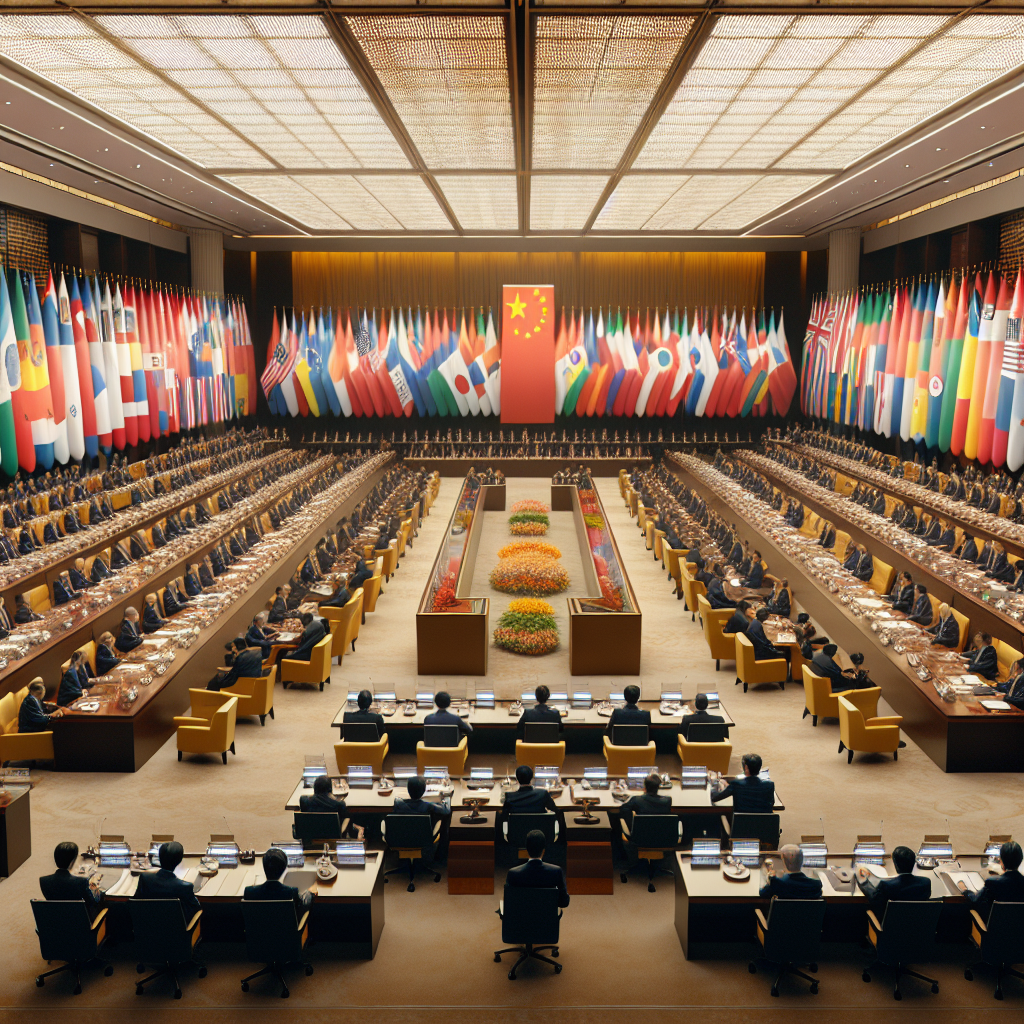On May 13, 2025, following the easing of the trade tensions between the United States and China, the 4th Ministerial Meeting of the China-CELAC Forum was held in Beijing. The Chinese Communist Party, in an effort to strategically engage with and attract Latin American countries, once again made significant financial commitments and signed several agreements with Brazil. Experts believe that South America is not necessarily a new ally for Beijing, Brazilian President’s visit to China is not a victory for Beijing, and Brazil is not pro-Beijing but rather strategically maneuvering to secure benefits.
The 4th Ministerial Meeting of the China-CELAC Forum opened on May 13, with representatives from approximately 30 Latin American countries attending this triennial ministerial meeting.
Chinese leader Xi Jinping delivered a speech without mentioning the situation with the U.S., asserting that “there are no winners in a trade war” and expressing China’s willingness to launch five major projects with CELAC countries. Xi also mentioned that China will increase imports of high-quality products from Latin America and encourage Chinese companies to expand their investments in the region.
Xi Jinping announced a “big gift package” that includes a 660 billion yuan loan to expand China’s influence in Latin America, as well as offering visa-free access to five countries in the Latin American and Caribbean region, although details were not disclosed.
According to Deutsche Welle, the 660 billion loan credit line, compared to the amount proposed during the 2015 China-CELAC Forum, signifies a lesser commitment. With the slowdown in the Chinese economy, there has been a decrease in the willingness to provide loans.
Vladimir Rouwinski, a scholar from ICESI University in Colombia, suggests that China may utilize Latin America in the short term as one of its economic pillars. He explains that Latin America could serve as a market for Chinese products while also being an essential source of raw materials and food.
Prior to the China-CELAC Forum, Brazilian President Lula brought around 200 business leaders to visit China. Brazil holds significant political and economic power in Latin America and plays a crucial role in global political and economic relations.
President Lula emphasized that Latin America should not depend on any single major power. He stated, “It is important to understand that our destiny does not rely on anyone, not on Chairman Xi Jinping, the United States, or the European Union, but on our own willingness to become great or remain small.”
Ahead of Lula’s visit, China lifted import bans on five major Brazilian soybean companies citing plant quarantine issues. On May 13, Beijing and Brazil signed 20 cooperation agreements in various fields such as strategic development alignment, technology, agriculture, digital economy, finance, inspection and quarantine, and media.
Professor Sun Guoxiang from the Department of International Affairs and Business at the University of South China stated that the lifting of the soybean import ban by China is a gesture of reciprocity and an attempt to draw closer to Brazil. Amid the US-China trade war, this move positions Brazil as a stable source of “food security” while weakening the market share of American agricultural products in China.
Economist David Huang from the United States commented that Beijing’s lifting of the soybean import ban is not primarily aimed at addressing domestic food issues but rather at regaining its waning influence in South America.
He believes that Lula’s visit signifies a reorganization of global southern countries. “Beijing is not seeking Brazil’s support but is testing whether global southern nations can accept a new Beijing-led approach, Including infrastructure, connectivity, digital sovereignty transactions, key mineral cooperation, agricultural security, and economic and trade exchanges.” South America is not a new ally for Beijing but a new battlefield in global strategy. Lula’s visit is a variable in global order reshaping and not a sign of victory for Beijing.
Professor Sun Guoxiang believes that while Lula emphasizes multilateralism and “de-dollarization”, leaning towards deeper cooperation with non-Western powers such as China and Russia in diplomacy, he also avoids direct confrontation with the United States.
Brazilian political scientist Mauricio Santoro emphasized to Deutsche Welle that “Latin American countries are not willing or able to choose between the US and China” as both countries are crucial to their interests.
In reality, Latin American countries are not willing or able to choose between the US and China. Lula stressed, “Our goal is to contribute to a multilateral order and global welfare.”
Before this, the US and China reached a trade agreement, agreeing to reduce tariffs, with the Trump administration implementing a 90-day tariff suspension. Sun Guoxiang mentioned that although this is a tactical easing, it signals an opportunity for some countries to see if US-China tensions can genuinely cool down.
David Huang analyzed that Lula’s visit is not coincidental during the intensifying phase of the US-China rivalry. “Beijing is opening up its market access and infrastructure investments, while the US is in the midst of restructuring its industrial chains and renegotiating tariffs with most countries globally.”
He noted that this gives Lula an opportunity to secure the maximum level of support, not by entirely aligning with Beijing, but by skillfully navigating political and economic resources in the power struggle between China and the US. “Precisely planning to exchange chips, not positions but project funds and exemptions, in exchange for political and economic benefits.” Huang said, “we should not simply label Lula as pro-Beijing but see him as a political force maneuvering political and economic resources in the conflicting power dynamics between China and the US.”

